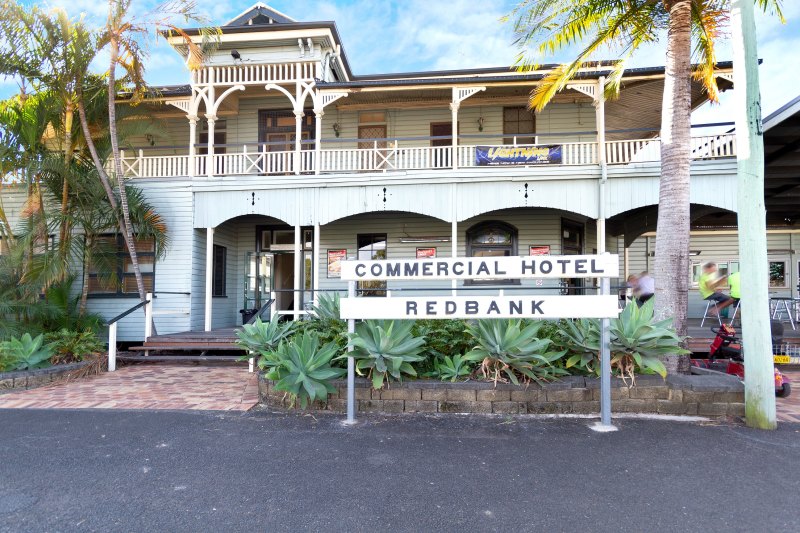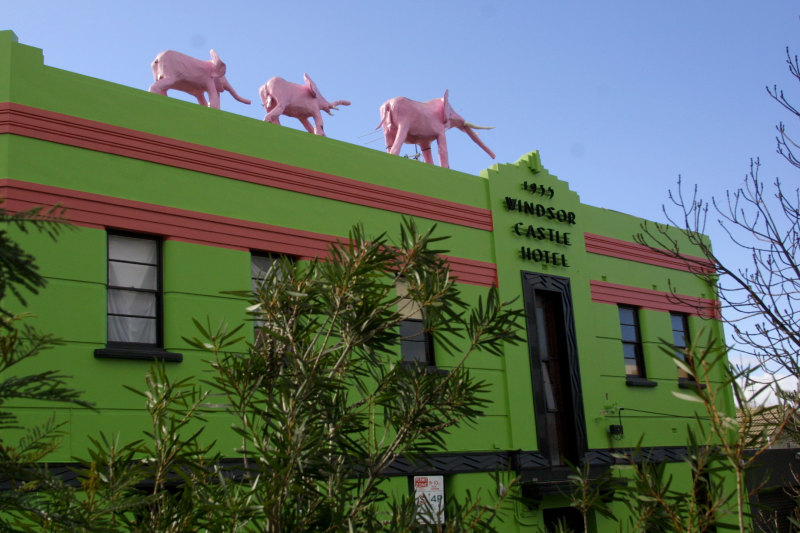With thousands more calling Melbourne's CBD home, it's time to get the balance right
Jobs and the way we live: these two competing but intrinsically linked concepts dictate the goings on in Melbourne’s property market.
Back in 2008, people could not get their heads around Melbourne having a residential population of 140,000 people by 2020. In 2016, we are well on our way, with 137,000 people calling Melbourne home and the latest prediction is for 170,000 residents by 2020.
We also forecast Melbourne would be a base for 400,000 jobs. Our census of land use and employment data shows that we exceeded that figure by more than 50,000 in 2015.
According to SGS, jobs growth in the Hoddle Grid alone could be in the order of 62 per cent over the next 20 years.
Melbourne today is at the centre of global thinking of the key ingredients for a liveable, sustainable and prosperous city. People want to live here and businesses want to operate here. Those two requirements need to be balanced.
The trends we are seeing point to residential construction outstripping commercial construction at a rate of five to one over the next five years.
From 2005 to 2010 they were about even and, in the past five years, there have been two and a half times the number of residential developments versus commercial. It’s time to look at providing an incentive system that corrects that ratio.
Planning minister Richard Wynne’s recent announcement on planning controls for development standards in the central city is a strong move forward, especially the discretionary powers which allow us to evaluate proposals and reward architectural design, public open space, community contribution, sustainability: all of the things that are important in our city.
The uplift provisions also allow us to look favourably upon the inclusion of commercial space in developments. We will need more than that. We are going to have to consider some mechanisms to provide incentives for more commercial development.
Like Sydney, we need to make sure that there is a pipeline of commercial development for the business of the city. It could be individual controls; incentives; disincentives. Greater intervention will be needed though to ensure we keep up with the stock required.
We are generating about 10,000 jobs a year which is welcome and has driven an apartment boom, but you also need the commercial space for new workers. Entrepreneurial start-ups alone have increased by 750 per cent in the last three years.
The market is a responsive beast: talk of an apartment glut has been scotched by an ever present demand, particularly from these “knowledge economy” workers. We just need to make sure that these new residents have a base to work from.
The minister has demonstrated he understands the issue of more commercial development and is focused on it.
If our ambition is for a mixed use city, then we must ensure we have adequate space for commercial office and retail as well as residential amenity in the central city.
Robert Doyle is the lord mayor of Melbourne. Domain is pleased to welcome him as a monthly columnist. His writer’s fee for this month has been donated to Odyssey House Victoria.
States
Capital Cities
Capital Cities - Rentals
Popular Areas
Allhomes
More







